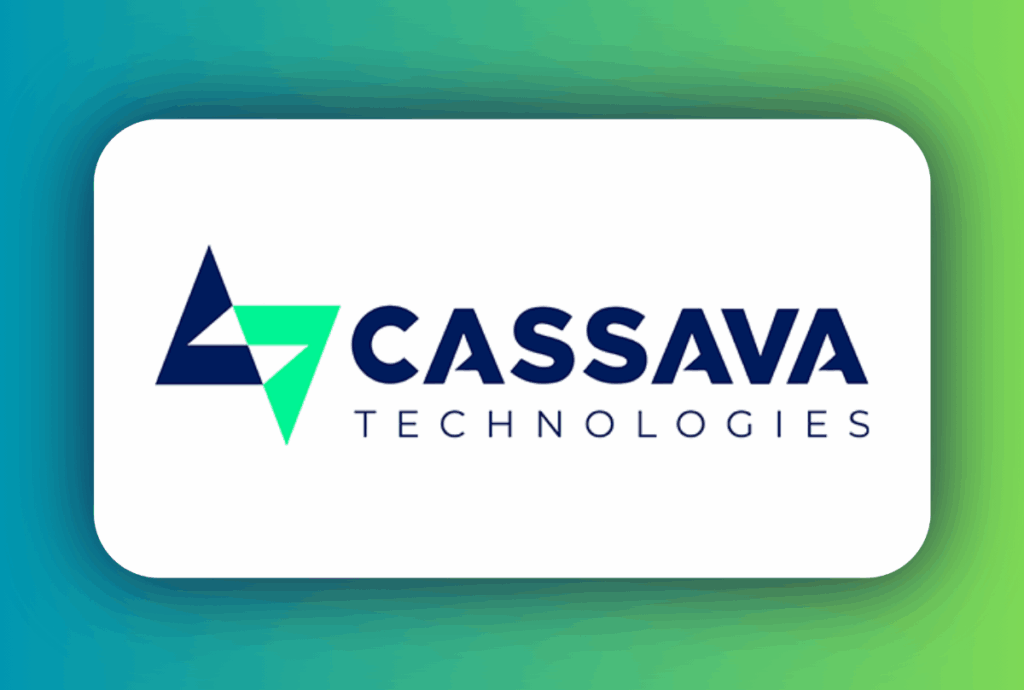Ericsson, Nokia, and Fraunhofer HHI Lead Global Effort to Define Next-Generation Video Coding Standard
The new standard will be essential to a wide range of video-based applications, including mobile communication and streaming, as well as immersive and low-latency experiences.

European connectivity leaders Ericsson and Nokia have partnered with Berlin’s Fraunhofer Heinrich Hertz Institute (HHI), to shape and drive the next generation of video coding standardization – for better immersive media and mobile video user experiences in the 6G era.
The three partners combined video codec research expertise for the first time, aiming to strengthen Europe’s role in next generation standardization. Partnership researchers jointly demonstrated a new video codec with considerably higher compression efficiency than the current standards (H.264/AVC, H.265/HEVC, and H.266/VVC) without significantly increasing complexity, while also improving energy efficiency and scalability.
The documented research provides early evidence of technology capable of meeting the requirements for the next video coding standardization phase – an important milestone that helps initiate the process towards future decision-making.
The partners’ joint submission to the oversight bodies – the ITU-T Video Coding Experts Group and the ISO/IEC Moving Picture Experts Group (MPEG) – was positively evaluated and is expected to help catalyze progress towards evaluation and decision-making by the standardization committee.
In line with forecast 6G deployment, the next video codec standard is expected to be operational from 2029-2030 and will define the digital media landscape for the following decade. Until then, current standards, such as VVC, play a vital role in delivering advanced video experiences, driving market demand for high-efficiency streaming, immersive media formats, and scalable solutions across diverse devices and networks.
The new standard will be essential to a wide range of video-based applications, including mobile communication and streaming, as well as immersive and low-latency experiences. Anticipated use cases include the coding of professional-, user-, and AI-generated content; coding of gaming and 3D content; coding of content for machine consumption; and automotive and industrial use.
“As a global connectivity leader, Ericsson is perfectly positioned to research and drive 6G enablement capabilities. We are proud to partner with Nokia and Fraunhofer HHI in video coding to combine research expertise and shape the next standard. Our partnership video codec achievement not only shows the ability of European technology leaders to come together and pioneer breakthroughs, but, by being prominent at the very start of the process, also flags our combined determination and commitment to shape the next generation of standards.”
– Magnus Frodigh, Head of Research, Ericsson
“Nokia’s inventors have been instrumental in the development of all market-adopted video codecs for the last three decades, including fundamental H.26x video compression technologies, and we are excited about shaping the next generation of video standards. By working together at the very start of the standardization journey we will ensure that the values of openness, excellence, and sustainability are embedded in the next generation of digital media experiences.”
– Ville-Veikko Mattila, Head of Multimedia Technologies, Nokia
“Video technologies are central to the digital experiences of tomorrow. Our joint research with Ericsson and Nokia demonstrates Europe’s strong competence in advanced media technologies and its active role in global standardization efforts. This collaboration also builds upon the contributions of the broader JVET research community, whose work continues to drive progress in next-generation video coding.”
– Prof. Thomas Wiegand, Executive Director, Fraunhofer HHI






